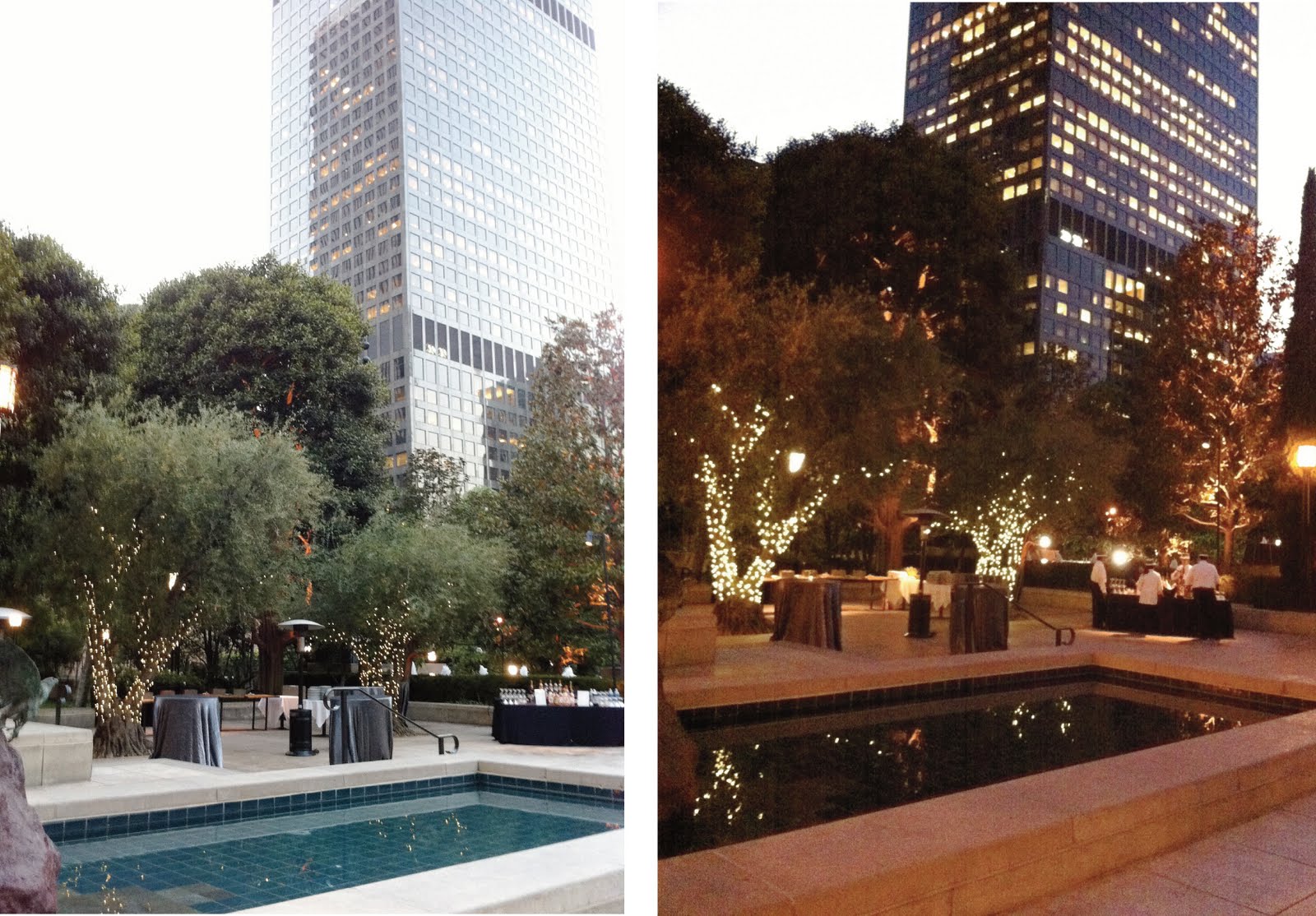

When she returned to the Chisos in 2012, she found something she hadn’t expected. As part of that study, she’d set aside control plots of land at various elevations in the mountains, counting the numbers of tree species within them. Poulos had been working with the park service since 2009 on a long-term research project that studied the Chisos forest’s reaction to thinning and burning. The damage to the forest was recorded in a 2014 paper by Helen Poulos, an environmental scientist at Wesleyan University. The 2011 combination of freeze and drought affected not only the piñon trees. “You go to a hotter environment, the junipers will still hang on, but the piñons drop right out.”īig Bend’s park botanist Joe Sirotnak, who oversees the delicate ecosystem of the Chisos Mountains. “We’re right at the edge of where you can grow piñon,” Sirotnak said, rubbing a needle between weathered fingers. This far south, piñons are confined to the sky islands of the Guadalupe Mountains and the Chisos. Piñon have historically made up a large part of the Chisos forests, providing shade for smaller plants and producing a fatty, nutritious nut that feeds both wildlife and people. But it is an important one, Sirotnak says.

The piñon, not especially tall or lush, is not a terribly charismatic tree. A few hundred feet up a stone-edged trail lined with switchbacks, we came across a stand of dead piñon pine, gray trunks bare and flaking over the brittle ground. We passed through meadows of pale yellow grass dominated by juniper and spindly oaks. As we walked, the botanists pointed out trees and shrubs - the corrugated, scaly bark of the alligator juniper, the drooping boughs of its cousin, the weeping juniper, and thin, scrappy trunks of Emory oaks. Together we buckled on backpacks heavy with water and followed them onto one of the many trails winding up the slopes. Sirotnak arrived with three others in tow - a volunteer, a seasonal ranger and botanist, and Maria Lavender, a park ranger. The morning after we arrived, we walked out into the parking lot of the visitor center to meet our guides. We had come to observe that struggle for ourselves. The 2011 drought that rocked the mountains is a warning shot, a sign of what could happen as the Southwest succumbs to the effects of a changing climate. The dead piñons, oak and juniper signal that the survival of the relict Chisos ecosystem is by no means certain, especially if, as climate scientists predict, more intense heat brings sustained, severe dryness, even fires. It’s a harbinger of what could come, the warming of an already dry, hot region to a tipping point. But the wide scale of tree deaths, stretching over the mountains in swaths of lifeless gray, still alarms rangers and scientists. In his 15 years working in the park, he said, he’d never seen anything quite as bad.įive years later, the upper regions of the Chisos are still largely forested.

“We lost over 60 percent of the trees in some plots,” Sirotnak said. Snags proliferated through the mountains, many of them younger trees. “Usually the monsoons arrive by summer, but it just wasn’t happening.” Rangers and scientists working in the Chisos watched trees falter. “By about May or June, it started to look pretty bad,” recalled Joe Sirotnak, Big Bend’s park botanist. The Chisos received only 4.3 inches of rain, on top of a winter cold snap that left the sky islands more vulnerable to heat and dryness. So in 2011, when drought devastated vast regions of Texas, the results in the Chisos were, even by that year’s standard, particularly dire. It’s an ecosystem on a knife edge, dependent on regular rains and steady temperatures. It’s a place of delicate balance between fiercely competing plants, many living at the edge of their geographic ranges and tolerances for temperature and aridity. The result is an ecosystem unique within the Big Bend. The Chisos’ red-rock slopes are filled with pines, oaks, junipers and relict cypresses, and with rare species unlike any found for hundreds of miles around. The Chisos are the southernmost of the “sky islands,” isolated remnants of forest stranded in the middle of the desert by ancient fluctuations in climate. In June 2016 - the hottest June in recorded history - I drove down to the Chisos Mountains with a photographer, our car speeding along the silent desert bottoms within Big Bend National Park.


 0 kommentar(er)
0 kommentar(er)
